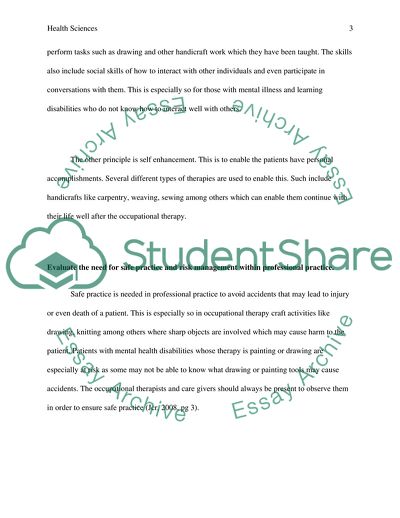Cite this document
(Skills for Practice in Occupational Therapy Report, n.d.)
Skills for Practice in Occupational Therapy Report. https://studentshare.org/health-sciences-medicine/1763863-analyse-and-evaluate-skills-from-creative-activities-in-relation-to-the-role-of-the-occupational-therapist
Skills for Practice in Occupational Therapy Report. https://studentshare.org/health-sciences-medicine/1763863-analyse-and-evaluate-skills-from-creative-activities-in-relation-to-the-role-of-the-occupational-therapist
(Skills for Practice in Occupational Therapy Report)
Skills for Practice in Occupational Therapy Report. https://studentshare.org/health-sciences-medicine/1763863-analyse-and-evaluate-skills-from-creative-activities-in-relation-to-the-role-of-the-occupational-therapist.
Skills for Practice in Occupational Therapy Report. https://studentshare.org/health-sciences-medicine/1763863-analyse-and-evaluate-skills-from-creative-activities-in-relation-to-the-role-of-the-occupational-therapist.
“Skills for Practice in Occupational Therapy Report”. https://studentshare.org/health-sciences-medicine/1763863-analyse-and-evaluate-skills-from-creative-activities-in-relation-to-the-role-of-the-occupational-therapist.


